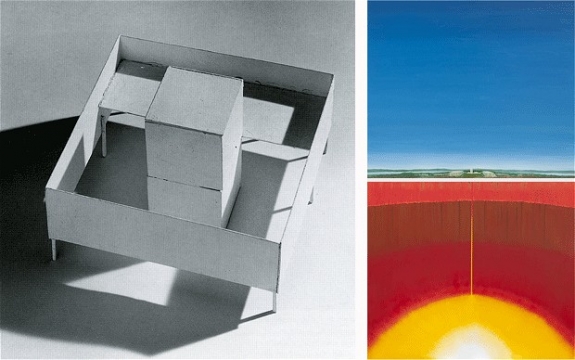If you think London gets overcrowded with art events during Frieze week, then go to Miami. When Art Basel Miami Beach launches its 10th edition tomorrow, it will be joined by at least 16 other art fairs. It is a week when art consumes the entire city. Collectors open up their private galleries, public museums open extravaganza exhibitions, and “pop-up” shows do just that in every available space.
And if you hate contemporary art, you won’t even be safe on the streets.
Eye-catching Op Art buses will be cruising about; circus troupes travelling in a fleet of painted minis could pull up and perform anywhere; on the exterior of Frank Gehry’s New World Center, a 7,000 square foot screen will constantly relay the latest arts film and videos; parks will be littered with outsize sculptures. In South Pointe Park, a 55-foot lighthouse made of stacked cylinders by German artist Tobias Rehberger will be unveiled. In the evenings, Miami will buzz to the sound of clinking champagne glasses, Cuban music, performances on the beaches, and the constant art-world chatter of what is hot and what is not.
There is one thing on which most parties are agreed. “Latin American art is hot,” Glenn D Lowry, New York’s Museum of Modern Art director, told the New York Times last month. “There is a strong argument,” he said, “that a number of artists from the region are among the most interesting artists working today.”
Of the Latin American countries, Brazil is making the biggest impression.
Catherine Petitgas, a London- based collector on Tate’s Latin American art acquisition committee, believes the new wave of interest is based on a reassessment of geometrical abstraction in the 1950s when Brazilian artists such as Lygia Clark and Hélio Oiticica created a distinctive artistic language as part of the Neo-Concrete Group.



